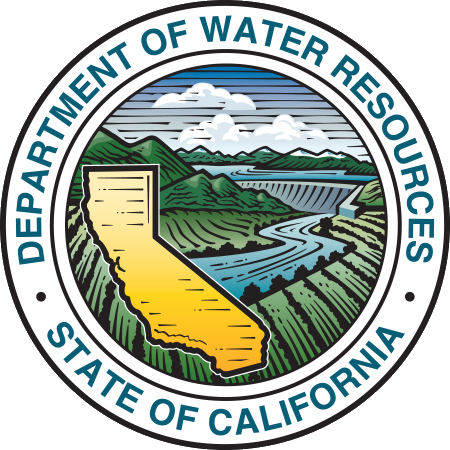Streamflow
Explore projected changes in monthly streamflow at 11 locations in California.
- Source: Cal-Adapt. Data: Routed Unimpaired Projected Streamflows (Scripps Institution of Oceanography), Unimpaired Historical Flows (1922-2014) (California Department of Water Resources).
-
Four models have been selected by California’s Climate Action Team as priority models for research contributing to California’s Fourth Climate Change Assessment (Pierce et al., 2018). Projected future climate from these four models can be described as producing:
- A warm/dry simulation (HadGEM2-ES)
- A cooler/wetter simulation (CNRM-CM5)
- An average simulation (CanESM2)
- The model simulation that is most unlike the first three for the best coverage of different possibilities (MIROC5)
- Source: Cal-Adapt. Data: Routed Unimpaired Projected Streamflows (Scripps Institution of Oceanography), Unimpaired Historical Flows (1922-2014) (California Department of Water Resources).
-
Four models have been selected by California’s Climate Action Team as priority models for research contributing to California’s Fourth Climate Change Assessment (Pierce et al., 2018). Projected future climate from these four models can be described as producing:
- A warm/dry simulation (HadGEM2-ES)
- A cooler/wetter simulation (CNRM-CM5)
- An average simulation (CanESM2)
- The model simulation that is most unlike the first three for the best coverage of different possibilities (MIROC5)
About
As temperatures increase and snowpack diminishes, streamflows are also projected to shift in their timing. Of particular concern in California is the spring snowmelt, which feeds streamflow when it is needed most for irrigation and energy purposes. This tool enables the user to explore the timing and magnitude of streamflow in selected months of the water-year, which runs from October 1 to September 30 (i.e., water year 2018 runs from October 1, 2017 to September 30, 2018).
Because California’s major watersheds have been altered by large-scale projects such as dams and diversions, which enable human management of water to meet needs related to agriculture, urban uses, energy, and ecology, it would be misleading to do a straight comparison of “observed” streamflows at a given point. This obstacle is overcome through calculation of natural or “unimpaired” flows, which are what would occur if flows were not subjected to storage in reservoirs or to diversions (e.g., irrigation, power generation, water supply).
Data Sources

Routed Streamflow Projections
Scripps Institution Of Oceanography - University of California, San Diego
Bias-corrected monthly streamflow projections constructed by routing runoff and baseflow outputs from the LOCA VIC runs and bias corrected based on California Department of Water Resources estimates of unimpaired flows. Data is available for 11 locations in California. Details are described in Pierce et al., 2018.

Unimpaired Historical Streamflows
California Department of Water Resources
Estimates of natural, unimpaired streamflows calculated using reported diversions by the California Department of Water resources. Details are described in publication Estimates of Natural and Unimpaired Flows for the Central Valley of California: Water Years 1922-2014.